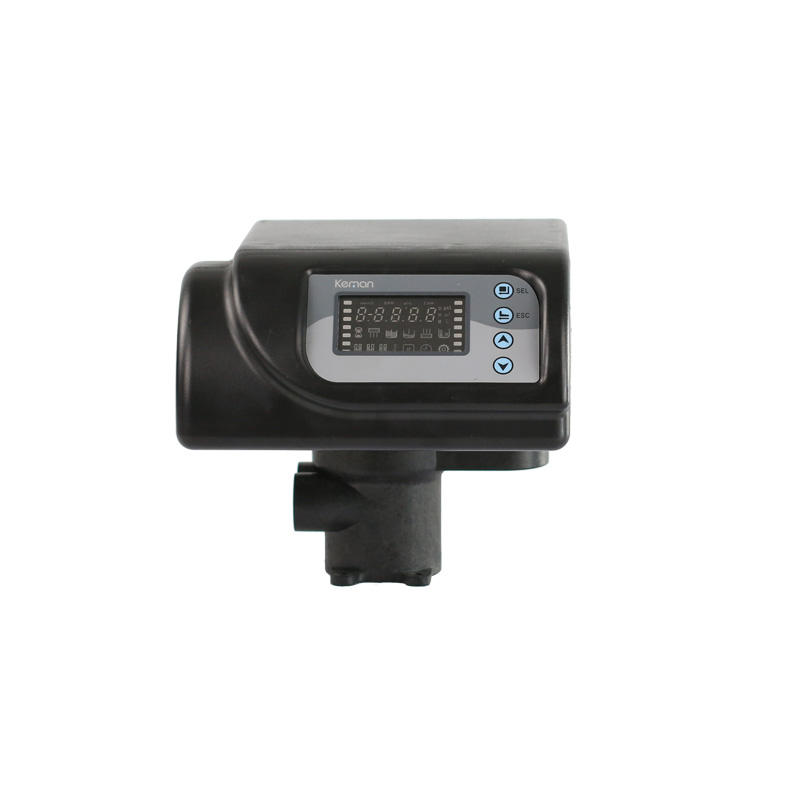Table of Contents
Importance of Monitoring Filter Differential Pressure in Industrial Applications
Filter differential pressure is a critical parameter that must be monitored in industrial applications to ensure the efficient operation of filtration systems. This measurement provides valuable insight into the condition of the filter and can help prevent costly downtime and maintenance issues. In this article, we will discuss the importance of monitoring filter differential pressure in industrial settings and how it can benefit overall system performance.
One of the primary reasons why monitoring filter differential pressure is essential is to ensure that the filter is operating within its design parameters. Filters are designed to remove contaminants from a fluid stream, whether it be air, gas, or liquid. As contaminants accumulate on the filter media, the pressure drop across the filter increases. By monitoring the differential pressure, operators can determine when the filter is becoming clogged and needs to be replaced or cleaned.
Failure to monitor filter differential pressure can result in reduced filtration efficiency and increased energy consumption. A clogged filter will restrict the flow of fluid through the system, causing the pump to work harder to maintain the desired flow rate. This increased energy consumption not only leads to higher operating costs but can also put unnecessary strain on the equipment, leading to premature failure.
In addition to maintaining filtration efficiency, monitoring filter differential pressure can also help prevent system failures and downtime. A sudden increase in differential pressure can indicate a problem with the filter, such as a rupture or collapse of the media. By monitoring the pressure regularly, operators can detect these issues early on and take corrective action before they escalate into more significant problems.
Furthermore, monitoring filter differential pressure can help optimize maintenance schedules and reduce overall maintenance costs. By tracking the pressure drop across the filter over time, operators can establish a baseline for normal operation and set thresholds for when maintenance is required. This proactive approach to maintenance can help prevent unexpected breakdowns and extend the life of the filtration system.
Another benefit of monitoring filter differential pressure is that it can provide valuable data for process optimization. By analyzing the pressure drop across the filter in real-time, operators can identify trends and patterns that may indicate changes in the process conditions. This information can be used to adjust operating parameters and improve overall system performance.
In conclusion, monitoring filter differential pressure is essential for ensuring the efficient operation of filtration systems in industrial applications. By tracking the pressure drop across the filter, operators can maintain filtration efficiency, prevent system failures, optimize maintenance schedules, and improve process performance. Investing in a reliable differential pressure monitoring system is a cost-effective way to protect equipment, reduce downtime, and maximize the lifespan of filtration systems.
How to Troubleshoot High Filter Differential Pressure Issues
Filter differential pressure is a critical parameter in any filtration system. It is the pressure difference between the upstream and downstream sides of a filter element, indicating the resistance to flow caused by the filter. High filter differential pressure can be a sign of various issues within the filtration system, such as clogged filters, improper filter selection, or system design problems. In this article, we will discuss how to troubleshoot high filter differential pressure issues and ensure optimal performance of your filtration system.
One of the first steps in troubleshooting high filter differential pressure is to check the condition of the filter element. Clogged or dirty filters can restrict flow and increase pressure drop across the filter. Inspect the filter element for any signs of blockage or contamination. If the filter is dirty, replace it with a new one to restore proper flow and reduce differential pressure.
| Model | Category | Water Capacity m3/h | LCD | LED | ICON | DIODE |
| ASB2 | Automatic Softener Valve | 2 | O | O | O | O |
| ASB4 | Automatic Softener Valve | 4 | O | O | O | O |
Another common cause of high filter differential pressure is improper filter selection. Using a filter with a lower flow capacity than required for the application can Lead to increased pressure drop and reduced system efficiency. Make sure to select a filter with the appropriate flow rating and micron rating for your specific application to prevent high filter differential pressure issues.
In some cases, high filter differential pressure can be caused by system design problems. Check for any restrictions in the piping system, such as undersized pipes or Valves, that could be causing flow restrictions and increased pressure drop. Ensure that the system is properly designed to handle the flow rate and pressure requirements of the application to avoid high filter differential pressure issues.
Regular maintenance and monitoring of the filtration system are essential to prevent high filter differential pressure issues. Keep track of the pressure drop across the filter over time and establish a baseline for normal operating conditions. If you notice a sudden increase in filter differential pressure, investigate the cause immediately to prevent any damage to the system or components.

In conclusion, high filter differential pressure can be a sign of various issues within a filtration system, including clogged filters, improper filter selection, or system design problems. To troubleshoot high filter differential pressure issues, check the condition of the filter element, ensure proper filter selection, and inspect the system for any design problems. Regular maintenance and monitoring of the filtration system are essential to prevent high filter differential pressure issues and ensure optimal performance. By following these troubleshooting steps, you can identify and resolve high filter differential pressure issues to maintain the efficiency and reliability of your filtration system.
